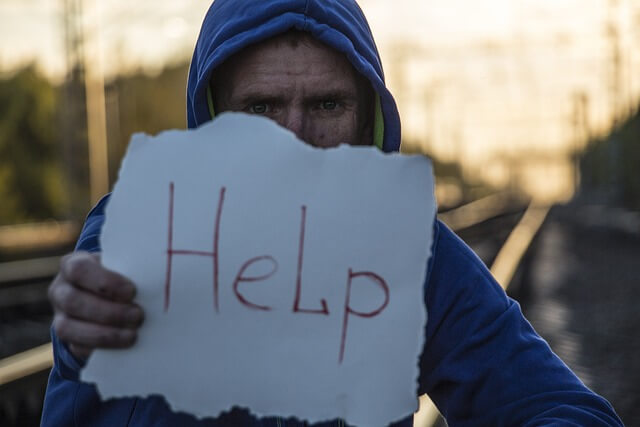A new study finds that the most intense suicidal thoughts among people happen a few months before the surge of suicide rates during spring or early summer. Intriguingly, these thoughts are predominantly experienced between 4 and 5 am.
Contrary to popular belief, which posits winter as a period of increased suicides, the research presents an unexpected finding – suicide rates are highest during spring and early summer.
This collaborative research effort brought together experts from the University of Nottingham, the University of Amsterdam, and Harvard University. They aimed to investigate when throughout the year people contemplate suicide the most and the worst times of day for such thoughts. The research, published in the renowned journal Nature Translational Psychiatry, is already generating significant discussion.
For six years, the research team engaged more than 10,000 participants from the UK, US, and Canada, seeking to understand their feelings, thoughts, and ideas about suicide and self-harm. The study found that such thoughts peak in December. It also revealed that the riskiest hours for people contemplating ending their own lives fall between 4 and 6 am. Throughout the study’s six-year duration, there was a noticeable increase in negative thoughts related to self-harm.
Dr. Brian O’Shea of the University of Nottingham, who spearheaded the research, stated that the exacerbation of mental health issues during winter is a well-known phenomenon, often attributed to Seasonal Affective Disorder, a condition that affects many due to seasonal transitions. It is therefore unexpected that spring, commonly associated with mood elevation, poses the most significant risk for those contemplating suicide.
According to the research, people feel their worst in December and their best in June. However, the period between these two points sees an uptick in the risk of suicide. O’Shea suggests this increased risk might be due to individuals’ improving moods and energy levels, enabling them to plan and attempt suicide. The exact dynamics of this observation, however, require further exploration.
To assess when people have thoughts of self-harm, the study utilized online tasks. Participants were asked straightforward questions about their mood, suicide, and self-harm, and were also involved in a task that required speedy categorization of words related to themselves, death, and life.
The study divided participants into three groups: those who had previously attempted suicide, those who had contemplated suicide or engaged in non-suicidal self-harm, and those who had not experienced any of these thoughts or behaviors. Over the six-year period, there was a general increase in negative thoughts related to self-harm. Researchers also noted a seasonal effect on mood and suicidal tendencies, especially among those who had previously attempted suicide.
The study underscored a temporal gap between the peak of suicidal thoughts in winter and the apex of suicide rates in spring. Suicidal thoughts were most prevalent in December, followed by thoughts about self-harm in February.
Both peaks precede the spike in actual suicides in spring or early summer. A similar delayed pattern was observed over a 24-hour period, with suicidal thoughts and mood being worst between 4 and 5 in the morning, followed by thoughts about self-harm.
If our reporting has informed or inspired you, please consider making a donation. Every contribution, no matter the size, empowers us to continue delivering accurate, engaging, and trustworthy science and medical news. Independent journalism requires time, effort, and resources—your support ensures we can keep uncovering the stories that matter most to you.
Join us in making knowledge accessible and impactful. Thank you for standing with us!

